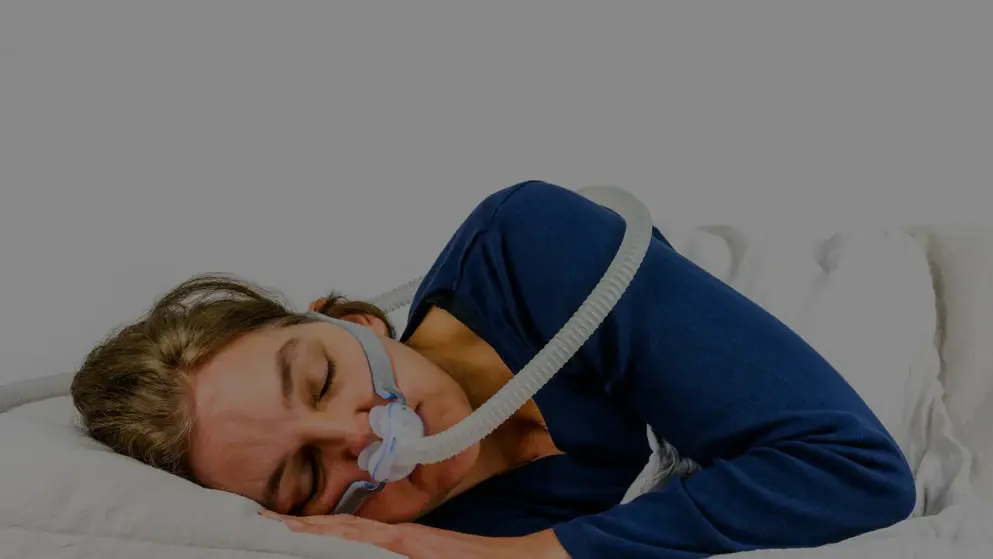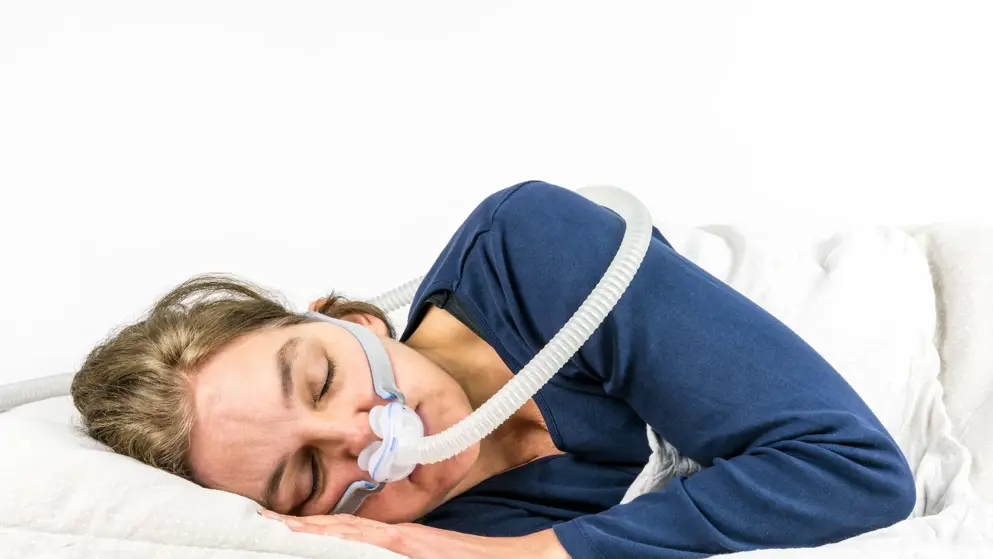
Sleep Apnea
Sleep apnea is a chronic condition characterised by recurrent interruptions in breathing throughout the sleep cycle. The two main forms are obstructive sleep apnea (OSA) and central sleep apnea (CSA).
OSA is distinguished by recurrent obstruction of the pharyngeal airway during sleep, resulting in reduced (hypopnea) or complete cessation (apnea) of airflow despite ongoing breathing efforts. These disruptions to breathing lead to intermittent oxygen desaturation, sleep disturbance, and sympathetic activation. When patients experience most of their apneic events in the supine sleep position, the term of positional obstructive sleep apnea (POSA) is used.
CSA is distinguished by repeated episodes of airflow reduction or interruption due to short decreases or pauses in central ventilatory drive during sleep. The symptoms are similar to OSA, although snoring and excessive weight may not be such prominent features.
Continuous positive airway pressure (CPAP) and adaptive servo-ventilation (ASV) are the main ways to prevent upper airway collapse and reduce CSA severity. OSA can also be treated using CPAP, oral devices or surgery and sleep position training devices are a good option for treating POSA.
Independent, grant-supported education for Sleep Apnea
of interest
are looking at
saved
next event


